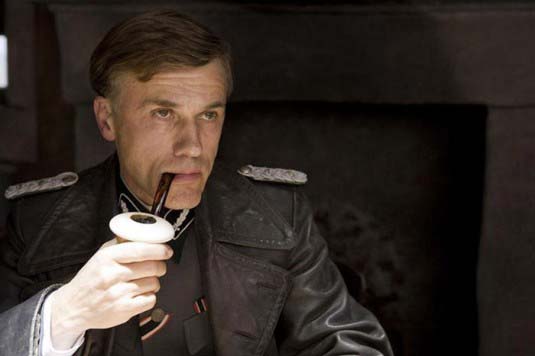The original “True Grit” was released in 1969. It was a classical Hollywood Western when Butch and Sundance and “The Wild Bunch” were redefining the genre. The film was a fun throwback, and there are likely no better directors today than the Coen brothers to attempt to revive that same nostalgia.
To belabor the point about Henry Hathaway’s original film, John Wayne, late in his career, was the perfect casting choice as there was no one more Hollywood than he was. His sheer charisma combined with the film’s camp appeal (and not to mention a G-rating) elevated “True Grit” to that of a real “movie” for all those that always loved taking in their old school magic.
So Joel and Ethan Coen had a test on their hands. How do you capture the charm of one of the biggest movie stars of all time, keep the film fun and in the spirit of all the greats from the ‘30s, ’40s and ‘50s and modernize the film to avoid making a shot for shot remake? Continue reading “True Grit”







